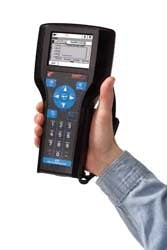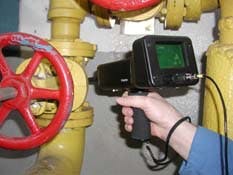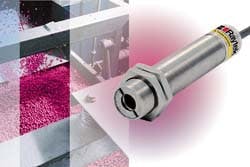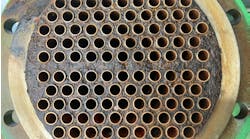Now probably more than ever, chemical makers are striving to boost efficiency and reduce costs. This is driving ongoing spending on asset optimization — and the release of new ever-more-powerful technologies designed to deliver it.
Since 2006 the worldwide market for Plant Asset Management (PAM) systems has grown 13% per year, or more than $400 million in value, says ARC Advisory Group, Boston, Mass.
That growth will continue, believes Wil Chin, ARC research director, because PAM systems offer users solutions that are appropriate both in good times and in today’s tougher economic climate. The challenge, he believes, is to properly get the PAM message across: “End-users understand that PAM can help them to predicatively diagnose the health of critical assets, but don’t always make the connection to how this can help improve profitability when resources are scarce and demand for their products is declining. Suppliers and end-users alike need to educate themselves about the benefits that PAM systems offer to help them survive the economic contraction.”
It was an effort to make just such a connection that led INEOS Chlor, Runcorn, U.K., which is the largest chlor-alkali producer in Europe, to undertake a major project with trip systems on its large chlorine compressor.
Before plant startup, 40 inputs into the compressor must be calibrated and tested. Each instrument on the compressor and the chlorine systems around it — monitoring conditions such as pressure, temperature and vibration — need calibration and then driving to the trip point to test the operation of the shutdown system.
The majority of the transmitters are on toxic gas duty and normally would have to remain in a completely clean and decontaminated state until the work was completed. Registered chlorine fitters then would re-joint the system in a highly controlled manner before pressure testing it for leaks. Having these people shadow the instrument team while shutdown tests were finished was very inefficient and time-consuming.
Traditional testing methods generally call for the majority of mechanical overhaul efforts to be completed and then instrument systems checked. With so many inputs to the system, the test duration was significant and prevented other work, such as pressure testing the system with chlorine, from continuing until it was certain that instrument tests were done.
Figure 1. Wireless unit complements portable analyzers already used by maintenance staff.
Source: Emerson Process Management.
Seán Ottewell is Chemical Processing's Editor at Large. You can e-mail him at [email protected]





